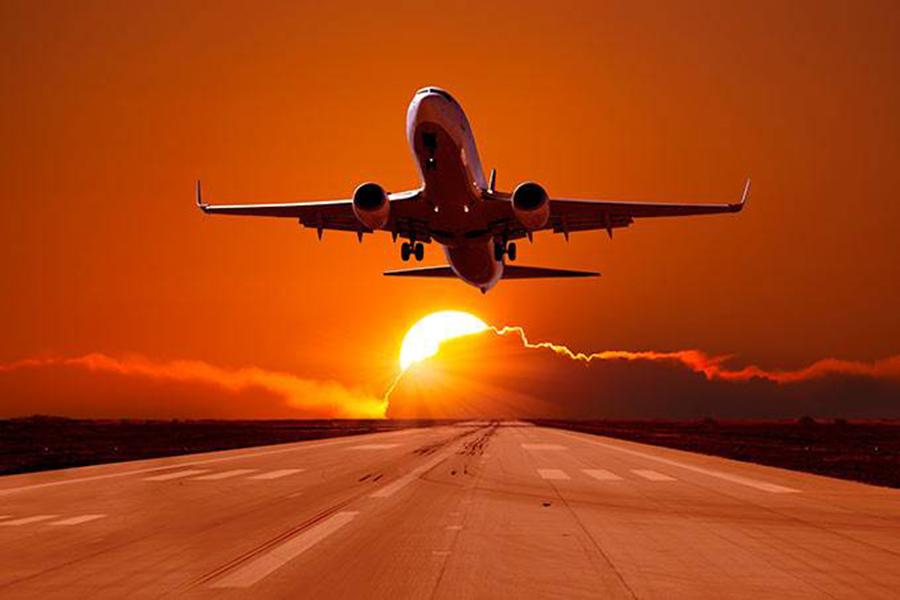When the first major commercial aviation markets were formed, the problems to be solved for optimal functioning were different from today. Despite constant reforms and expansions, some airports were not designed to survive a reality that is beginning to take shape: that of a world with higher temperatures. In a report in the New York Times last Sunday, reporter Mike Ives shows how some experts are preparing to devise a new aviation that involves a global warming scenario.
Some points that once were not significant currently fall into the account of those planning a new airport – or the reform / expansion of one. The article addresses some of these “hurdles” that may in the near future be decisive for the success of a project. Here listed below:
LOCATION
Not to disturb the daily lives of local people or to escape from natural formations like mountains and cliffs was one of the initial concerns of aviation. Because of this, many airports were built away from city centers, in resorts or on land near sea level.
There are projections showing that sea levels can rise up to two meters in this century – and that less than that would already be enough to flood terminals and landing runways. The article reports cases in which the highest sea level is already taken into account in projects.
This is the case of Hong Kong, which plans to build a third runway. Based on projections made in 2014 by the Intergovernmental Panel on Climate Change (IPCC), local authorities added a 6.5-meter-high wall to protect the runway from seawater, and a drainage system capable of account of floods of rare proportions.
HOT TRACK
Scientists predict a growth in the annual number of hot days and heat waves during this century. With structures built for other scenarios, there is a concern that with the heat the infrastructure of airports reaches the limit of its operational capacity.
One of the possible effects of excessive sun at airports is the deterioration of airstrips. As with concrete-paved highways, tracks may have cracks, deformations, and protrusions. As well as paved roads, which can melt.
Heat can also cause electrical breakdowns on aircraft. Already there are cases of flights suspended because of high temperatures – in June, that was the reason for American Airlines to cancel flights in Phoneix, Arizona, where the maximums reached the 48 degrees.
AIR DENSITY
The higher the atmospheric temperature, the lower the air density. In practice, a lower density makes it difficult to propel aircraft at takeoff. Given this scenario, there are two ways to maintain commercial operation: reducing the weight of the aircraft, or transferring flights to schedules with cooler temperatures of the day.
One of the structural outputs that designers have been working on today is the construction of longer landing / take-off lanes. In one example, the report shows that calculations submitted for a new runway at Brisbane airport suggest that airlines would exceed their spending by $ 79 million per year (up to 2035) operating on a 2.5-km runway instead of 3 , 3 kilometers long, all due to the difficulty of large aircraft at the time of landing.
LESS WEIGHT
Every 1% reduction in the total takeoff weight of an aircraft means 327 kilograms less – that is, the equivalent of three passengers flying in a Boeing 737-800 with 160 travelers. Studies published in the journal Climate Change this year show that between 10% and 30% of flights taking off at the hottest time of the day may need to reduce their weights. The reductions would be around 4%, which could lead to significant economic losses by the end of the century.
Airports in the Middle East may suffer from this. Point of connection for long-haul flights, the site has one of the highest temperature averages during the year. Temperate countries and airports with short runways may also be at a disadvantage vis-à-vis the international market.
Photo: Reproduction
Source: Panrotas

